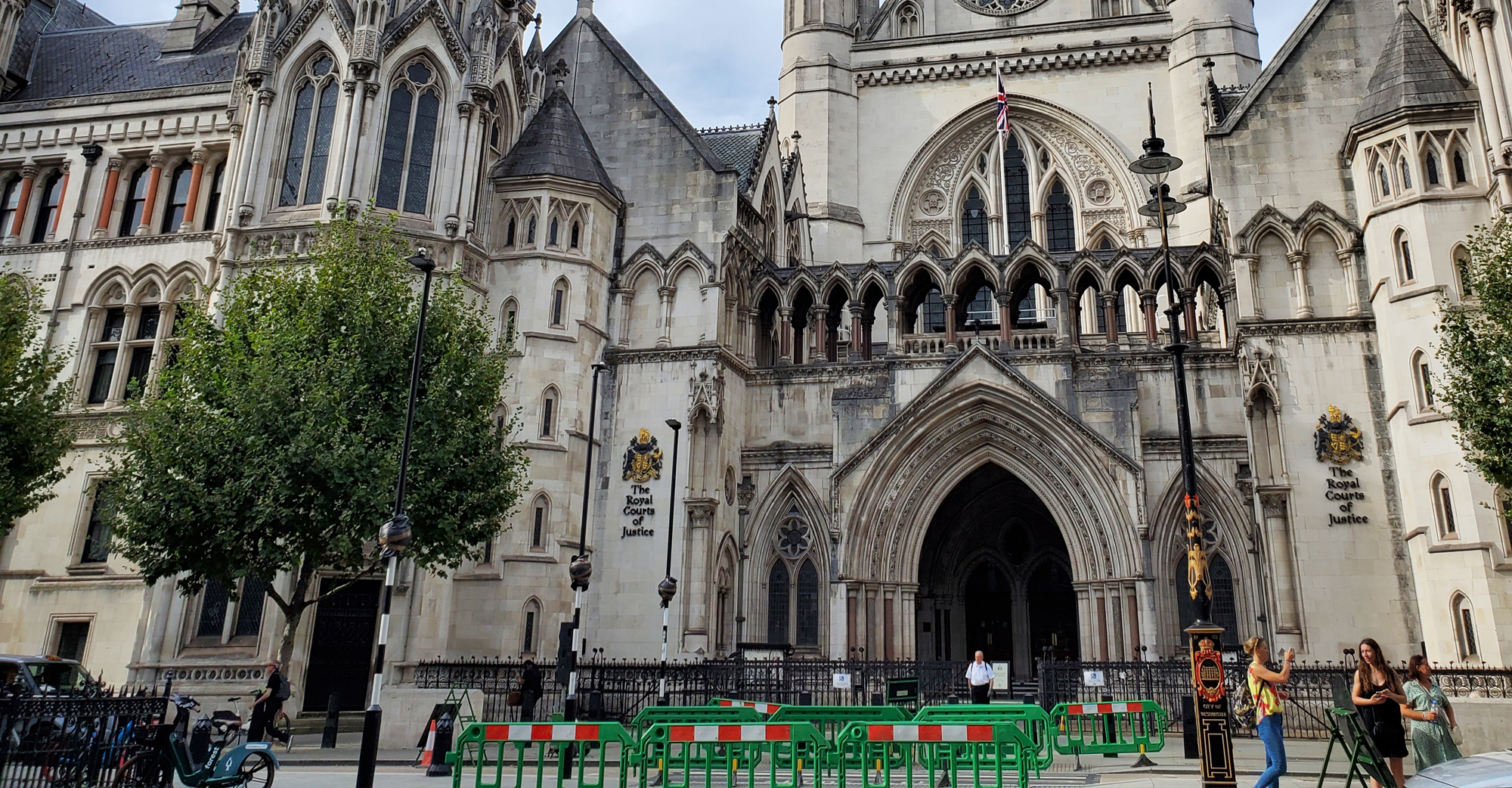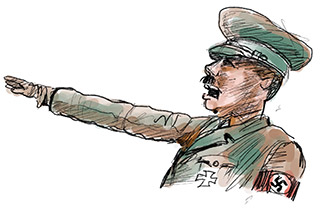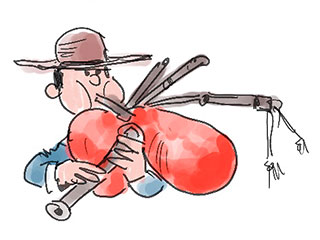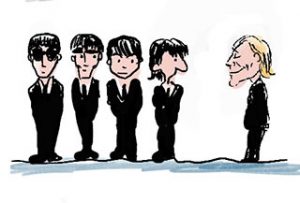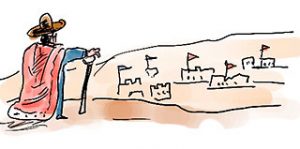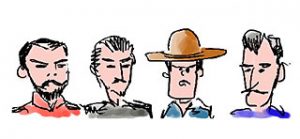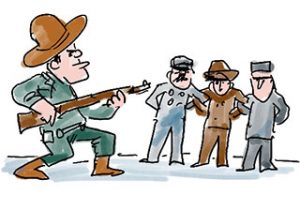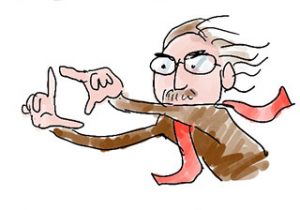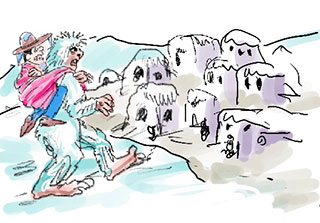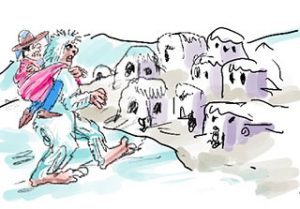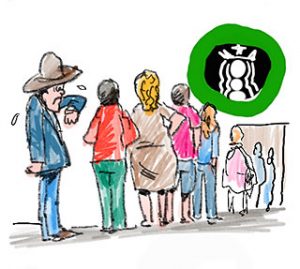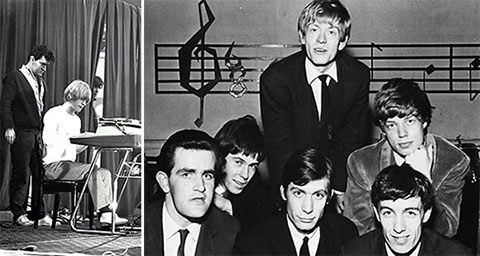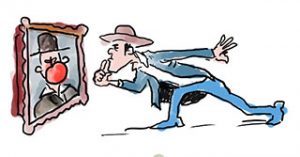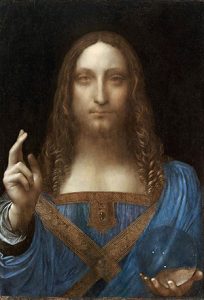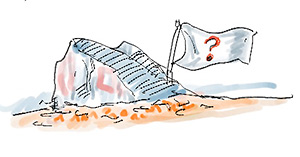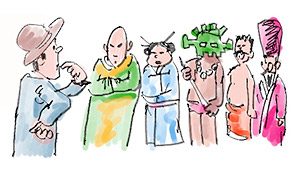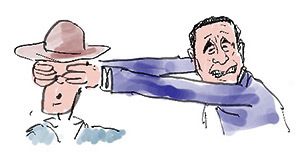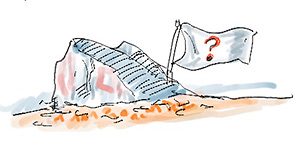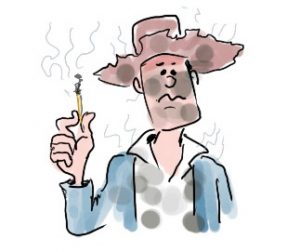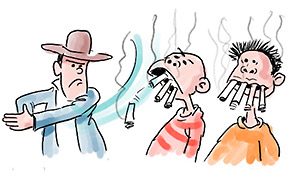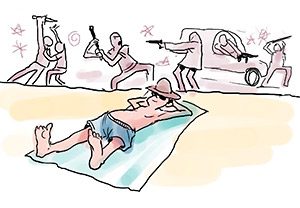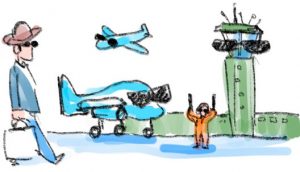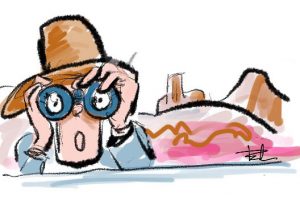Was Adolf Hitler a First World War hero? Which Founding Fathers owned slaves? These and more are in our latest travel trivia game.
Global Trivia 12
You have multiple choices. An explanation and a reference comes after every question. There is no fixed order so you can choose from any of the boxes. The SHADED BOXES are what you already answered. Your final score is at the END. Don't hit REFRESH unless you want to start all over. This is part of a continuing series in Traveling Boy.
Start
Congratulations!
You have completed Global Trivia 12.

You scored %%SCORE%% out of a possible 5 points.
Your performance was: %%RATING%%
Your answers are highlighted below.
Question 1 |
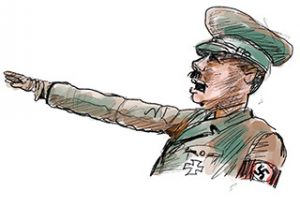
Name the army in which Adolf Hitler served in World War 1.
A | Austrian Army |
B | Bavarian Army |
C | The Berlin Infantry Brigade |
D | Royal Prussian Army |
E | Wehrmacht |
Question 1 :
B. Bavarian Army
Adolf Hitler was 25 years old in August 1914, when Austria-Hungary and the German Empire entered the First World War. Hitler enlisted in the Bavarian Army despite his Austrian citizenship. Hitler claimed he did not wish to serve in the Austria-Hungary (Habsburg Empire) army because of its mixture of "races." Renowned for the rewriting of his personal narrative, he actually did attempt to enlist in the Austrian Army, but was turned away due to failing his physical examination. In the Bavarian Army, Hitler continued to put forth his German nationalist ideas which he developed from a young age.
During the war, Hitler served in France and Belgium in the Bavarian Reserve Infantry Regiment 16 (1st Company of the List Regiment). He was an infantryman in the 1st Company during the First Battle of Ypres (October 1914), which Germans remember as the Kindermord bei Ypern (Ypres Massacre of the Innocents) because approximately 40,000 men (between a third and a half) of nine newly-enlisted infantry divisions became casualties in 20 days. Hitler's regiment entered the battle with 3,600 men and at its end mustered 611. By December Hitler's own company of 250 was reduced to 42. Biographer John Keegan claims that this experience drove Hitler to become aloof and withdrawn for the remaining years of war. After the battle, Hitler was assigned to be a regimental message-runner.
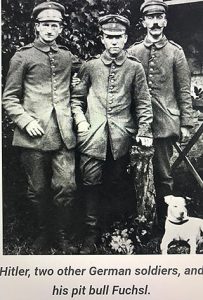
In early 1915 Lance Corporal Hitler adopted a stray dog he named Fuchsl (little fox), who was taught many tricks and became his beloved companion. Hitler's circle of army friends, laughed at "Adi" for his aversion to smutty stories, and traded their jam rations for his tobacco.
The List Regiment fought in many battles, including the First Battle of Ypres (1914), the Battle of the Somme (1916), the Battle of Arras (1917), and the Battle of Passchendaele (1917). During the Battle of Fromelles on 19–20 July 1916 the Australians, mounting their first attack in France, assaulted the Bavarian positions. The Bavarians repulsed the attackers, but suffered the second-highest losses they had on any day on the Western Front, about 7,000 men. The history of the List Regiment hailed this brilliant defense as the "personification of the German Army on the Western Front."
During the Battle of the Somme in October 1916 Hitler received a wound in his left thigh. He begged not to be evacuated, but was sent for two months to the Red Cross hospital in Brandenburg.
On 15 October 1918, he and several comrades were temporarily blinded — due to British mustard-gas attack. He also lost his elaborate long handlebar moustache which had prevented a tight seal on his oxygen mask – which he then transitioned to a small toothbrush moustache as ordered by his commanders.
Hitler was hospitalized in Pomerania. While there, her learned of Germany's defeat, and — by his own account — upon hearing the news suffered a second bout of blindness. Hitler was outraged by the subsequent Treaty of Versailles (1919), which forced Germany to admit to starting the war, deprived Germany of various territories, demilitarized the Rhineland (which the Allies occupied), and imposed economically damaging sanctions. Hitler later wrote: "When I was confined to bed, the idea came to me that I would liberate Germany, that I would make it great. I knew immediately that it would be realized."
Hitler was twice decorated for bravery. He received the relatively common Iron Cross Second Class in 1914 and the Iron Cross First Class in 1918.
Adolf Hitler was 25 years old in August 1914, when Austria-Hungary and the German Empire entered the First World War. Hitler enlisted in the Bavarian Army despite his Austrian citizenship. Hitler claimed he did not wish to serve in the Austria-Hungary (Habsburg Empire) army because of its mixture of "races." Renowned for the rewriting of his personal narrative, he actually did attempt to enlist in the Austrian Army, but was turned away due to failing his physical examination. In the Bavarian Army, Hitler continued to put forth his German nationalist ideas which he developed from a young age.
During the war, Hitler served in France and Belgium in the Bavarian Reserve Infantry Regiment 16 (1st Company of the List Regiment). He was an infantryman in the 1st Company during the First Battle of Ypres (October 1914), which Germans remember as the Kindermord bei Ypern (Ypres Massacre of the Innocents) because approximately 40,000 men (between a third and a half) of nine newly-enlisted infantry divisions became casualties in 20 days. Hitler's regiment entered the battle with 3,600 men and at its end mustered 611. By December Hitler's own company of 250 was reduced to 42. Biographer John Keegan claims that this experience drove Hitler to become aloof and withdrawn for the remaining years of war. After the battle, Hitler was assigned to be a regimental message-runner.

In early 1915 Lance Corporal Hitler adopted a stray dog he named Fuchsl (little fox), who was taught many tricks and became his beloved companion. Hitler's circle of army friends, laughed at "Adi" for his aversion to smutty stories, and traded their jam rations for his tobacco.
The List Regiment fought in many battles, including the First Battle of Ypres (1914), the Battle of the Somme (1916), the Battle of Arras (1917), and the Battle of Passchendaele (1917). During the Battle of Fromelles on 19–20 July 1916 the Australians, mounting their first attack in France, assaulted the Bavarian positions. The Bavarians repulsed the attackers, but suffered the second-highest losses they had on any day on the Western Front, about 7,000 men. The history of the List Regiment hailed this brilliant defense as the "personification of the German Army on the Western Front."
During the Battle of the Somme in October 1916 Hitler received a wound in his left thigh. He begged not to be evacuated, but was sent for two months to the Red Cross hospital in Brandenburg.
On 15 October 1918, he and several comrades were temporarily blinded — due to British mustard-gas attack. He also lost his elaborate long handlebar moustache which had prevented a tight seal on his oxygen mask – which he then transitioned to a small toothbrush moustache as ordered by his commanders.
Hitler was hospitalized in Pomerania. While there, her learned of Germany's defeat, and — by his own account — upon hearing the news suffered a second bout of blindness. Hitler was outraged by the subsequent Treaty of Versailles (1919), which forced Germany to admit to starting the war, deprived Germany of various territories, demilitarized the Rhineland (which the Allies occupied), and imposed economically damaging sanctions. Hitler later wrote: "When I was confined to bed, the idea came to me that I would liberate Germany, that I would make it great. I knew immediately that it would be realized."
Hitler was twice decorated for bravery. He received the relatively common Iron Cross Second Class in 1914 and the Iron Cross First Class in 1918.
Question 2 |
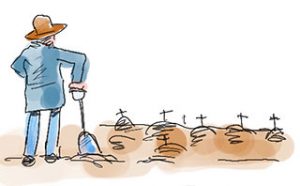
What percentage of the first inhabitants of the Marquesas Islands died as a result of European diseases?
A | 10% |
B | 33% |
C | 48% |
D | 80% |
Question 2 :
D. 80%
The Marquesas Islands were one of the last areas contacted by European explorers for colonization. Due to European diseases, lethal infectious epidemics began to spread; despite the outsiders often having no obvious illness. Four major epidemic diseases (TB, typhoid, influenza, and smallpox) devastated the Marquesas from 1791 to 1863/64; approximately 80% of the population died.
The Marquesas Islands were one of the last areas contacted by European explorers for colonization. Due to European diseases, lethal infectious epidemics began to spread; despite the outsiders often having no obvious illness. Four major epidemic diseases (TB, typhoid, influenza, and smallpox) devastated the Marquesas from 1791 to 1863/64; approximately 80% of the population died.
Question 3 |
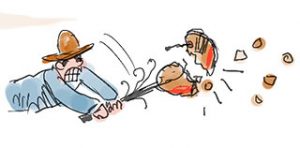
Who was the first guitarist to smash his electric guitar?
A | Jeff Beck – The Yardbirds |
B | Randy California - Spirit |
C | Jimi Hendrix – The Jimi Hendrix Experience |
D | Jimmy Page – Led Zeppelin |
E | Pete Townshend – The Who |
Question 3 :
E. Pete Townshend – The Who
In the mid 1960s, guitarist Pete Townshend of the Who was the first guitar-smashing rock artist. Rolling Stone Magazine included his smashing of a Rickenbacker guitar at the Railway Tavern Harrow and Wealdstone in September 1964 in their list of "50 Moments That Changed Rock & Roll.” Jeff Beck, then a member of the Yardbirds, reluctantly destroyed a guitar in the 1966 film ‘Blowup’ (original title) after being told to emulate the Who by director Michelangelo Antonioni. Jimi Hendrix was also known for destroying his guitars and amps. He famously burned two guitars at three shows, most notably the 1967 Monterey Pop Festival. In an effort to out-do the Who's destruction of their instruments earlier at the same event, Hendrix poured lighter fluid over his guitar and set it on fire, even though "I'd just finished painting it that day" as he would later remark.
In the mid 1960s, guitarist Pete Townshend of the Who was the first guitar-smashing rock artist. Rolling Stone Magazine included his smashing of a Rickenbacker guitar at the Railway Tavern Harrow and Wealdstone in September 1964 in their list of "50 Moments That Changed Rock & Roll.” Jeff Beck, then a member of the Yardbirds, reluctantly destroyed a guitar in the 1966 film ‘Blowup’ (original title) after being told to emulate the Who by director Michelangelo Antonioni. Jimi Hendrix was also known for destroying his guitars and amps. He famously burned two guitars at three shows, most notably the 1967 Monterey Pop Festival. In an effort to out-do the Who's destruction of their instruments earlier at the same event, Hendrix poured lighter fluid over his guitar and set it on fire, even though "I'd just finished painting it that day" as he would later remark.
Question 4 |
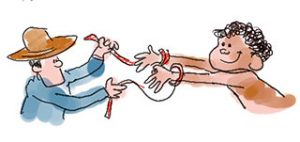
Name the US President who did not own enslaved Africans.
A | John Adams |
B | Andrew Jackson |
C | Thomas Jefferson |
D | James Madison |
E | James Monroe |
Question 4 :
A. John Adams
President John Adams was morally opposed to slavery and refused to employ slaves. His wife, Abigail Adams, went so far as to employ free blacks for labor. A letter from Abigail Adams to her husband, written in 1776, gives her views: "I have sometimes been ready to think that the passion for Liberty cannot be equally strong in the breasts of those who have been accustomed to deprive their fellow Creatures of theirs." Their advocacy helped lay the groundwork for the abolition movement.
Leading American Founders – Most notably Thomas Jefferson (600+ slaves, with only one freed at his death), George Washington (200 + slaves, all freed at his death), and James Madison (100+ slaves, none freed at his death) – owned slaves, but many did not. Benjamin Franklin thought that slavery was "an atrocious debasement of human nature" and "a source of serious evils." James Monroe (with 75 slaves) supported sending freed slaves to the new country of Liberia; its capital, Monrovia, is named after him. Andrew Jackson owned many slaves and faced several controversies related to slavery during his presidency. At his campaign for the presidency, he faced criticism for being a slave trader. He did not free his slaves in his will.
President John Adams was morally opposed to slavery and refused to employ slaves. His wife, Abigail Adams, went so far as to employ free blacks for labor. A letter from Abigail Adams to her husband, written in 1776, gives her views: "I have sometimes been ready to think that the passion for Liberty cannot be equally strong in the breasts of those who have been accustomed to deprive their fellow Creatures of theirs." Their advocacy helped lay the groundwork for the abolition movement.
Leading American Founders – Most notably Thomas Jefferson (600+ slaves, with only one freed at his death), George Washington (200 + slaves, all freed at his death), and James Madison (100+ slaves, none freed at his death) – owned slaves, but many did not. Benjamin Franklin thought that slavery was "an atrocious debasement of human nature" and "a source of serious evils." James Monroe (with 75 slaves) supported sending freed slaves to the new country of Liberia; its capital, Monrovia, is named after him. Andrew Jackson owned many slaves and faced several controversies related to slavery during his presidency. At his campaign for the presidency, he faced criticism for being a slave trader. He did not free his slaves in his will.
Question 5 |

Which ruler ‘Christianized’ the Roman Empire?
A | Augustus |
B | Caligula |
C | Claudius |
D | Constantine |
E | Nero |
Question 5 :
D. Constantine
Constantine the Great (272 AD – 337 AD), also known as Constantine I, was a Roman Emperor who ruled between 306 and 337 AD. Constantine was the first Roman emperor to convert to Christianity. Although he lived much of his life as a pagan, and later as a catechumen, he joined the Christian faith on his deathbed, baptized by Eusebius of Nicomedia. He played an influential role in the proclamation of the Edict of Milan in 313, which declared religious tolerance for Christianity in the Roman Empire. He called the First Council of Nicaea in 325, which produced the statement of Christian belief known as the Nicene Creed. The Church of the Holy Sepulchre was built on his orders at the purported site of Jesus' tomb in Jerusalem and became the holiest place in Christendom. He has historically been referred to as the "First Christian Emperor," but some modern scholars debate his beliefs and even his comprehension of the Christian faith itself.
Augustus: Great-nephew and adopted son of Julius Caesar; became de facto emperor as a result of the 'first settlement' between himself and the Roman Senate.
He ruled for 40 years, 7 months & 3 days; death at 75 from natural causes.
Caligula: Great-nephew and adoptive grandson of Tiberius; natural son of Germanicus; great-grandson of Augustus. He ruled 3 years, 10 months and 6 days; death at 28 from assassination in a conspiracy involving senators and Praetorian Guards.
Claudius: Uncle of Caligula; brother of Germanicus; nephew of Tiberius; great-nephew and step-grandson of Augustus; proclaimed emperor by the Praetorian Guard. He ruled 13 years, 8 months and 18/19 days; death at 63 from possible poisoning by his wife Agrippina the Younger, in favor of her son, Nero.
Hadrian: Father was of senatorial rank and was a first cousin of Emperor Trajan. He was born Publius Aelius Hadrianus in Italica, Hispania Baetica, into a Hispano-Italic family that settled in Spain from the Italian city of Atri in Picenum. He ruled 20 years, 10 months and 30 days; death at 62 from natural causes.
Nero: Great-nephew, stepson, son-in-law and adopted son of Claudius; nephew of Caligula; great-great-nephew of Tiberius; grandson of Germanicus; great-great-grandson of Augustus. He ruled 13 years, 7 months and 27 days; death at 30 due to suicide after being declared a public enemy by the Senate.
Constantine the Great (272 AD – 337 AD), also known as Constantine I, was a Roman Emperor who ruled between 306 and 337 AD. Constantine was the first Roman emperor to convert to Christianity. Although he lived much of his life as a pagan, and later as a catechumen, he joined the Christian faith on his deathbed, baptized by Eusebius of Nicomedia. He played an influential role in the proclamation of the Edict of Milan in 313, which declared religious tolerance for Christianity in the Roman Empire. He called the First Council of Nicaea in 325, which produced the statement of Christian belief known as the Nicene Creed. The Church of the Holy Sepulchre was built on his orders at the purported site of Jesus' tomb in Jerusalem and became the holiest place in Christendom. He has historically been referred to as the "First Christian Emperor," but some modern scholars debate his beliefs and even his comprehension of the Christian faith itself.
Augustus: Great-nephew and adopted son of Julius Caesar; became de facto emperor as a result of the 'first settlement' between himself and the Roman Senate.
He ruled for 40 years, 7 months & 3 days; death at 75 from natural causes.
Caligula: Great-nephew and adoptive grandson of Tiberius; natural son of Germanicus; great-grandson of Augustus. He ruled 3 years, 10 months and 6 days; death at 28 from assassination in a conspiracy involving senators and Praetorian Guards.
Claudius: Uncle of Caligula; brother of Germanicus; nephew of Tiberius; great-nephew and step-grandson of Augustus; proclaimed emperor by the Praetorian Guard. He ruled 13 years, 8 months and 18/19 days; death at 63 from possible poisoning by his wife Agrippina the Younger, in favor of her son, Nero.
Hadrian: Father was of senatorial rank and was a first cousin of Emperor Trajan. He was born Publius Aelius Hadrianus in Italica, Hispania Baetica, into a Hispano-Italic family that settled in Spain from the Italian city of Atri in Picenum. He ruled 20 years, 10 months and 30 days; death at 62 from natural causes.
Nero: Great-nephew, stepson, son-in-law and adopted son of Claudius; nephew of Caligula; great-great-nephew of Tiberius; grandson of Germanicus; great-great-grandson of Augustus. He ruled 13 years, 7 months and 27 days; death at 30 due to suicide after being declared a public enemy by the Senate.
Once you are finished, click the button below. Any items you have not completed will be marked incorrect.
Get Results
There are 5 questions to complete.
You have completed
questions
question
Your score is
Correct
Wrong
Partial-Credit
You have not finished your quiz. If you leave this page, your progress will be lost.
Correct Answer
You Selected
Not Attempted
Final Score on Quiz
Attempted Questions Correct
Attempted Questions Wrong
Questions Not Attempted
Total Questions on Quiz
Question Details
Results
Date
Score
Hint
Time allowed
minutes
seconds
Time used
Answer Choice(s) Selected
Question Text
All done
Deplorable! You need to travel more! This is pathetic!
Deplorable! You need to travel more! This is pathetic!
Embarrassing! Keep trying! We know you're better than that. Play the game again.
Not that bad! But not good either. Play the game again.
Not that bad! But not good either. Play the game again.
Pretty good ... but not perfect.
Perfect! Are you brilliant traveler or what?
